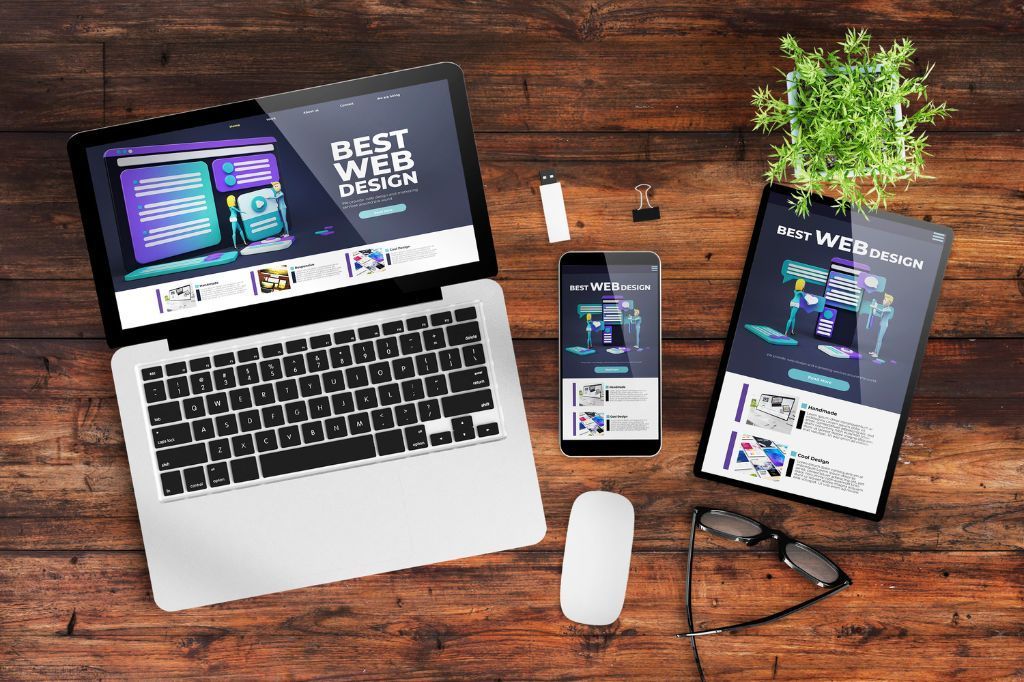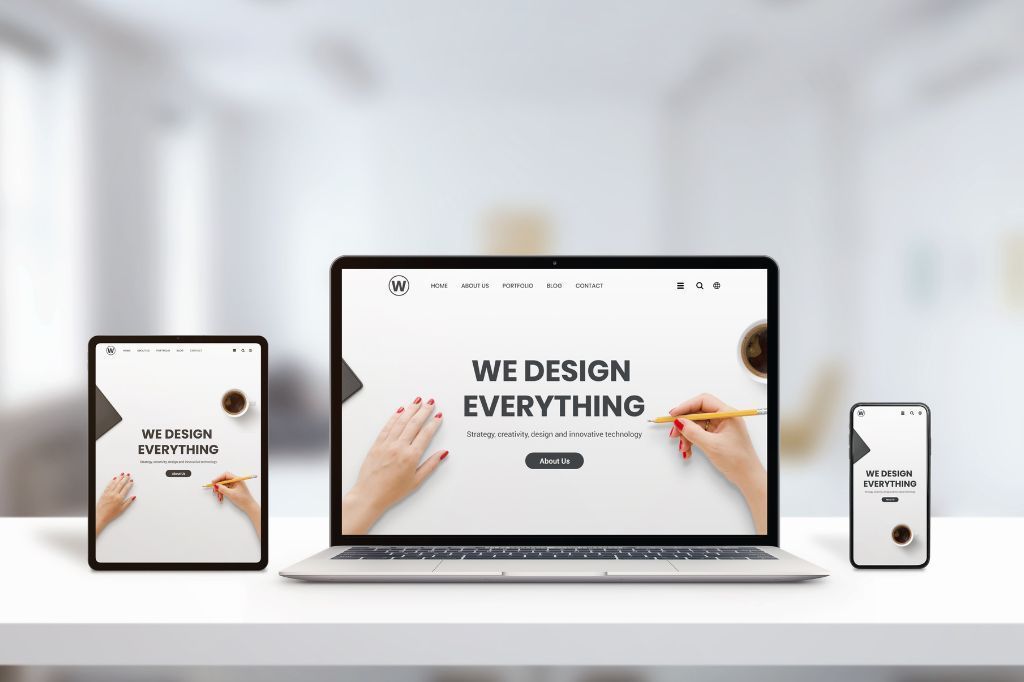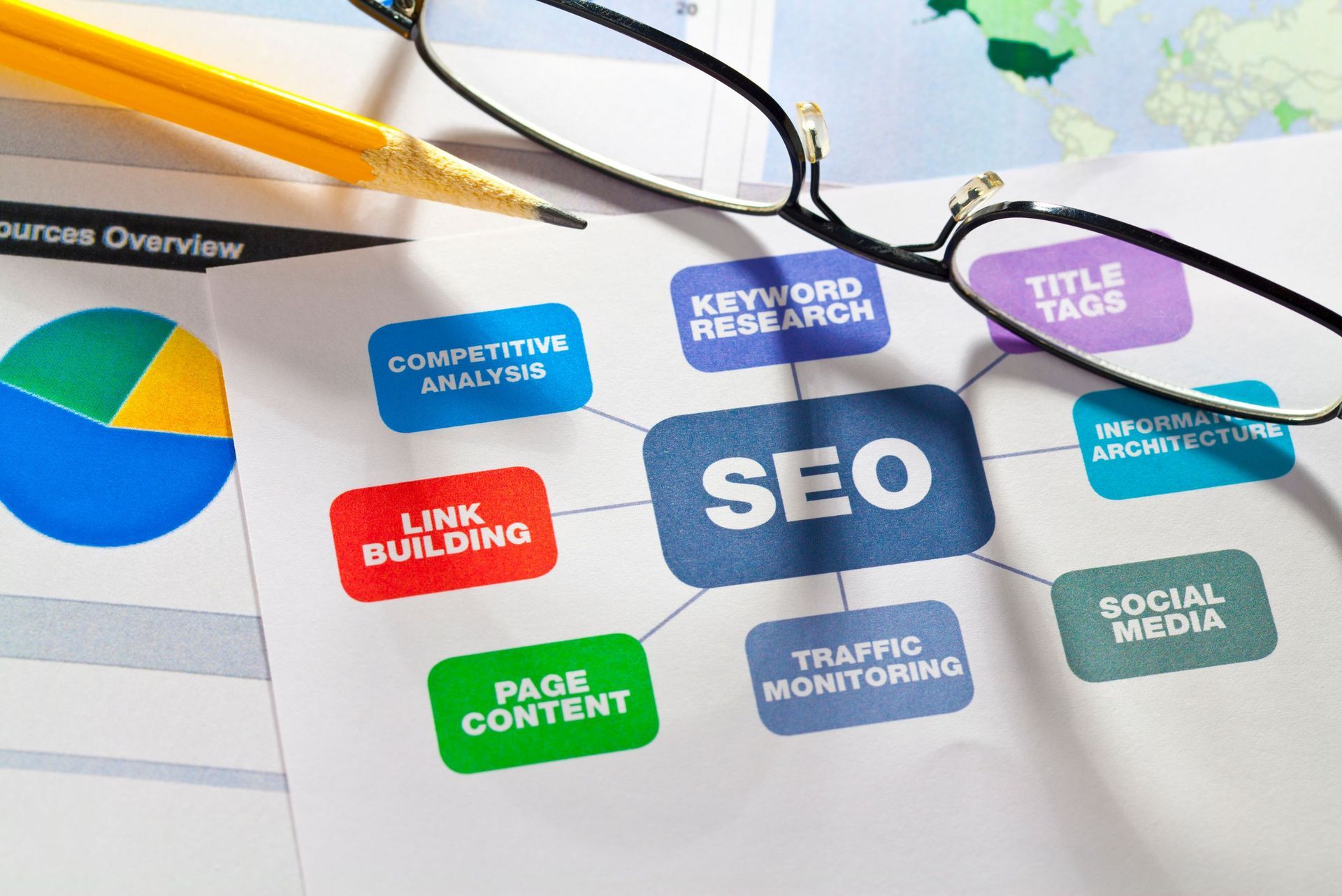Web Development Services That Convert: UX Principles Every SMB Site Needs
Your website isn’t just a brochure—it’s your most powerful salesperson, working 24/7. For small and mid-sized businesses (SMBs), a site that looks good isn’t enough. It needs to convert: turning visitors into leads, calls, or customers. That’s where smart web development services meet savvy User Experience (UX) principles.
In this post, we’ll dive deep into how SMBs can get a site that’s visually appealing and high-performing. You’ll learn UX best practices, how to structure the development process, real examples, and local relevance for Idaho Falls.
Why UX-Driven Web Development Matters
- First Impressions Count: Users decide within 2–3 seconds whether they’ll stay or bounce. A polished, user-friendly design helps you keep them.
- Conversion Focus: UX decisions—like button placement, forms, and load times—directly affect whether visitors take action.
- SEO Benefits: Google rewards sites that are mobile-friendly, fast, and user-centric.
- Brand Trust & Authority: A seamless, professional experience reinforces credibility.
In short: great UX + solid development = more leads, better retention, and long-term growth.

Key UX Principles Every SMB Site Needs
1. Clear, Predictable Navigation
- Use simple, intuitive menus (Home, Services, About, Contact).
- Avoid hidden or overly nested items.
- Use
breadcrumb trails on internal pages to help users orient themselves.
2. Above-The-Fold Clarity & Strong CTAs
- The first screen should immediately communicate who you are, what you do, and what action to take (e.g. “Get a Quote,” “Call Now”).
- Use contrasting button colors, clear labels, and ample whitespace.
3. Visual Hierarchy & Scannability
- Break content into headings, subheadings, bullet lists, and images.
- Use font size, color, and spacing to guide the eye toward priorities.
- Highlight key benefits or differentiators.
4. Mobile-First & Responsive Design
- Most traffic is mobile—your site must adapt fluidly across devices.
- Touch-friendly buttons, legible font sizes, and responsive images.
5. Fast Load Times
- Optimize images (use formats like WebP, compressed sizes).
- Use lazy loading for off-screen content.
- Minimize JavaScript/CSS bloat, leverage caching, and deploy a CDN if needed.
6. Simple & Effective Forms
- Ask only for essential information (name, email, phone).
- Use inline validation (show errors immediately).
- Reduce friction: allow actions like “Call Now” directly from mobile devices.
7. Visual and Content Consistency
- Maintain a consistent brand identity: colors, fonts, tone.
- Use consistent styling, button behaviors, iconography.
- Helps users feel anchored, especially as they move across pages.
8. Trust Signals & Social Proof
- Client logos, testimonials, reviews, accreditations (e.g. “Google Partner”).
- Case studies and portfolio helps validate your claims.
9. Accessibility & Inclusive Design
- Alt text for images, keyboard navigation, ARIA labels.
- High contrast colors for readability.
- Ensures compliance and broadens audience.
10. Analytics & Continuous Testing
- Integrate tracking (Google Analytics, heatmaps) from day one.
- Use A/B testing to try out different CTAs, layouts, or colors.
- Iterate based on data, not gut-feel.
How Web Development Services Should Be Structured
Here’s how a good agency or team should approach your project:
1. Discovery & Requirements Gathering
- Stakeholder interviews, market analysis, goal setting
- Identify primary actions (leads, calls, bookings)
2. Information Architecture & Wireframes
- Create site map, page flow, wireframes
- Focus on UX before visuals
3. Visual Design & Prototyping
- Apply branding, design mockups for devices
- Clickable prototypes for client review
4. Front-End & Back-End Development
- Coding with best practices (clean, modular, maintainable)
- CMS setup (WordPress, custom frameworks, etc.)
- Integrations (forms, analytics, third-party tools)
5. Quality Assurance & Testing
- Cross-browser and device testing
- Performance tests (page speed, load times)
- Accessibility audits
6. Launch & Deployment
- Move to production, ensure DNS, SSL, backups
- Final QA post-launch
7. Maintenance, Support & Optimization
- Monthly or quarterly updates, performance audits
- Ongoing A/B testing, refreshes, security patches
Real-Life Example: How a Local SMB Website Was Converted
Let’s say a small contractor in Idaho Falls had a website that was slow, with confusing navigation, weak CTAs, and no local content. After a UX-driven redesign:
- The homepage prominently showed “Idaho Falls Contractor – Call (208) XXX-XXXX”
- Services pages were restructured by location and service types
- CTAs like “Get Your Free Quote” or “See our Work” were clear and consistent
- Reviews and project photos were immediately visible
- Performance optimized (site load under 2 seconds)
Result: their form submissions grew by 65%, bounce rate dropped from 48% to 22%, and local leads doubled within 3 months.
Localizing UX for Idaho Falls Businesses
- Use Idaho Falls-centric images (local landmarks, team in your region)
- Feature local client examples and case studies
- Include local trust signals (affiliations, local certifications)
- Use local language (street names, neighborhoods, region-centric phrasing)
- Geo-targeted content: “Best web development for Idaho Falls tradesmen”
Combine your web development with our digital marketing services in Idaho Falls for full-stack growth.
FAQs
Q1: How long does a website redesign/development take?
For SMBs, 8–12 weeks is typical (discovery to launch), depending on complexity.
Q2: Do I need a custom site or is a theme fine?
Themes can work, but custom UX tweaks often make the difference in conversions.
Q3: How much should I budget for quality development?
Expect dev costs starting moderate, but consider maintenance and future optimization in your investment.
Q4: How can I tell if my site is underperforming?
High bounce rates (50%+), low conversion rates, slow load times, mobile usability issues are red flags.
Conclusion
Web development isn’t just about building pages—it’s about creating an experience that
converts visitors into customers. For SMBs, combining UX-first principles with robust development is the path to real ROI.
At Rampify Marketing, our web development services are built with conversion in mind—from discovery to launch and beyond. We design sites that perform, engage, and generate leads.
Ready for a website that actually works?
Contact us now to get started.










